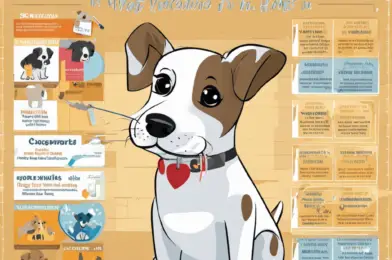Starting a dog daycare business can be a fun and rewarding venture for any dog lover. It’s a chance to turn your passion for pups into a profitable enterprise while providing a valuable service to pet parents. Here’s a comprehensive guide to help you navigate the process and set your dog daycare up for success.
**Get Certified and Educated:** Before you begin, ensure you have the necessary knowledge and skills. Consider becoming a certified dog trainer or taking courses in animal care and behavior. Understanding dog psychology and learning about different breeds and their unique needs is essential. Certifications will not only boost your credibility but also equip you with the tools to handle various canine personalities and situations effectively.
**Develop a Business Plan:** Every successful business starts with a well-crafted plan. Define your target market, decide on a unique selling point, and determine your financial needs and pricing strategy. Will your daycare offer additional services like grooming or training? Will you specialize in particular dog types or cater to all breeds and sizes? A clear business plan will guide your startup journey and attract potential investors.
**Legal Requirements:** Operating a dog daycare requires compliance with local and state regulations. Obtain the necessary licenses and permits for your area, like a business license, pet care license, and health and safety certifications. Consult with a legal professional to understand zoning requirements and develop liability waivers and contracts for clients.
**Location and Facilities:** Choose a convenient location with ample space for dogs to run and play. Ensure there are separate areas for different activities and consider the need for outdoor play areas, grooming stations, and administration space. Make sure the environment is safe and well-equipped with durable toys and comfortable kennels or beds. Proper ventilation and a well-designed layout will contribute to a healthy and happy environment for the dogs.
**Staffing and Management:** Decide whether you’ll manage the daycare solo or hire additional staff. If hiring, ensure they are experienced dog handlers and lovers. Conduct thorough background checks and provide training specific to your daycare’s needs, including emergency procedures and dog behavior management.



